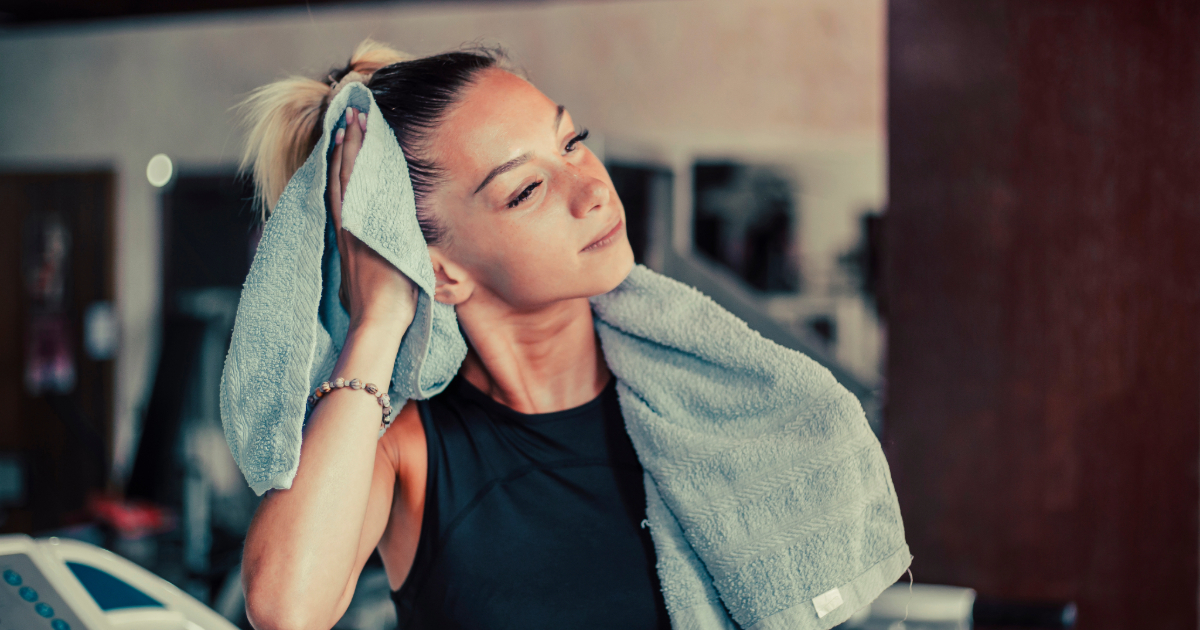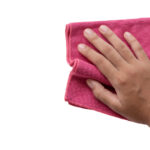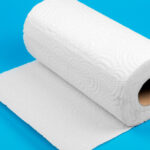Cooling towels have become an extremely popular way to stay comfortable in hot weather. Whether you’re working out, playing sports, working outside, or just trying to beat the heat, a cooling towel can provide instant relief and help lower your body temperature.

But after repeated use, cooling towels can start to accumulate dirt, sweat residue, and bacteria. That’s why it’s important to wash your cooling towel regularly to keep it fresh, hygienic and working effectively.
Why Wash Cooling Towels Regularly?
There are several key reasons why you should make washing your cooling towels a regular habit:
- Hygiene – Cooling towels come into direct contact with your skin and can harbor bacteria from sweat, dirt and grime buildup. Regular washing kills germs and keeps it clean for each use.
- Odors – Sweat and moisture trapped in the fabric fibers can cause unpleasant odors over time. Washing helps freshen up the smell.
- Performance – Soil, residue and grime can clog up the fabric pores, reducing its cooling capabilities. Keep it clean for maximum effectiveness.
- Appearance – Just like your regular towels, cooling towels look dirty over time. A good wash helps restore its look and vibrancy.
- Lifespan – Proper washing and drying extends the usable life of a cooling towel by keeping it in good condition.
So whether you use it lightly or vigorously, washing your cooling towel after every use or at least weekly is strongly recommended. It takes little effort and goes a long way!
Key Takeaway: Wash cooling towels regularly to remove bacteria, odors, residue and keep them performing and looking like new.
When Should You Wash Cooling Towels?
As a general rule of thumb, you should wash cooling towels after every 1-3 uses. But some specific guidelines on wash frequency include:
After Every Use
- If used during vigorous workouts or outdoor activities where it absorbs a lot of sweat
- In dusty environments like gyms, beaches or playing sports
- In hot and humid weather where it remains damp for a prolonged time
- If used by multiple people
Every 2-3 Uses
- If used mildly during short walks or errands
- In an air conditioned environment with limited sweat
- If used lightly by one person
- If not visibly soiled after use
Weekly
- For household members who use a dedicated personal cooling towel
- For occasional light use
Replace Every 6-12 Months
While washing extends their life, cooling towels lose efficiency over time. Replace them yearly even with proper care.
So consider your usage level, environment and state of the towel to determine the ideal wash frequency. When in doubt, washing it more often is better to maximize hygiene.
How to Wash Cooling Towels By Hand
When it comes to cleaning cooling towels, hand-washing allows thorough cleaning while being gentlest on the fabric. Here is a simple hand wash process:
- Fill sink or tub with cool, clear water and add a small amount of mild liquid detergent.
- Submerge cooling towel and swish gently to work up lather. Let soak for 5 minutes.
- Drain dirty water and refill sink with cool clean water for rinsing. Rinse until water runs clear.
- Drain water again. To remove excess without twisting, place towel flat in your palms and gently press.
- Lay flat on top of dry towel or hang to air dry. Do not wring tightly.
The cool water preserves the fabric while detergent lifts dirt. Avoid hot water as heat can damage the cooling technology. skip fabric softeners too as they affect absorbency.
If your towel has stubborn stains or odors, try soaking it before washing in a mixture of baking soda and vinegar to help remove buildup.
Hand-washing may take more effort but is the best way to clean cooling towels gently and thoroughly.
Washing Cooling Towels in Washing Machine
You can also clean cooling towels in the washing machine using the delicate cycle option. Here’s the process:
- Before washing, close any fasteners like buttons, velcro and zippers.
- Use the gentle or delicate cycle option and set wash temperature to cold.
- Add a mild powdered detergent to the machine. Don’t add fabric softener.
- Place towel separately from other laundry in the machine. Run the cycle. Let it air or hang dry.
When machine washing, it helps to:
- Wash in mesh garment bag if the towel is loosely knit
- Wash on shortest cycle and lowest spin speed
- Use minimal powder detergent to avoid residue
While convenient, machine washing is a bit harsher for cooling fabric. Make it a rare or last resort if towels get too dirty for handwash.
Drying and Storing Cooling Towels
Drying is just as crucial to keep the fabric intact and ready for reuse. Here are some key steps to follow:
- Let it fully air dry – Don’t machine dry cooling towels or expose to direct heat in the sun. The heat ruins the evaporative cooling technology.
- Lay flat to dry – Arrange it in a single layer on top of a dry bath towel or drying mat.
- Hang up to dry – Clip towel to a clothesline or towel bar without pulling too much. The weight should not stretch it out.
Once completely dry:
- Fold loosely rather than rolling tightly
- Store in a breathable bag or box rather than sealed plastic
- Keep in cool spot away from heat sources
- Don’t pack too tightly with other items
Proper open-air drying and breathable storage prevents moisture buildup and keeps the fabric ready for instant cooling action!
Key Takeaway: Never put cooling towels in the dryer. Always air dry thoroughly before next use or storage.
FAQs
Can you add bleach when washing cooling towels?
Avoid using bleach as it can break down fabric fibers and ruin the cooling capabilities. Stick to color-safe oxygen bleaches if need to disinfect.
Should fabric softener be used when washing?
Skip the fabric softener. It leaves behind a coating that reduces the towel’s absorbency and cooling functionality.
How do you wash bad smell out of cooling towels?
For stench removal, soak in a mixture of baking soda and vinegar before washing. It helps break down odors at a chemical level to freshen it up.
Can you wash cooling towels with regular laundry?
It’s best to wash cooling towels separately to prevent damage from zippers on clothes or lint from fabrics sticking.
How do you dry cooling towels quickly?
The fastest way is to wash early in the day and hang outside where sun and breeze can accelerate natural evaporation. Just don’t leave it long enough to be in direct sunlight.
What happens if you put a cooling towel in the dryer?
The excess heat damages the proprietary polymers that enable moisture retention and cooling. It becomes ineffective and less absorbent after machine drying.
How long should a cooling towel last?
With proper washing and drying care, a good quality cooling towel will maintain effectiveness for 40-50 wash cycles. Replace yearly or every couple of summers.
Conclusion
Follow these washing, drying and storage best practices and your cooling towel will beat the heat wave after wave!
Plus you get to stay refreshed and comfortable no matter how high the mercury rises.








